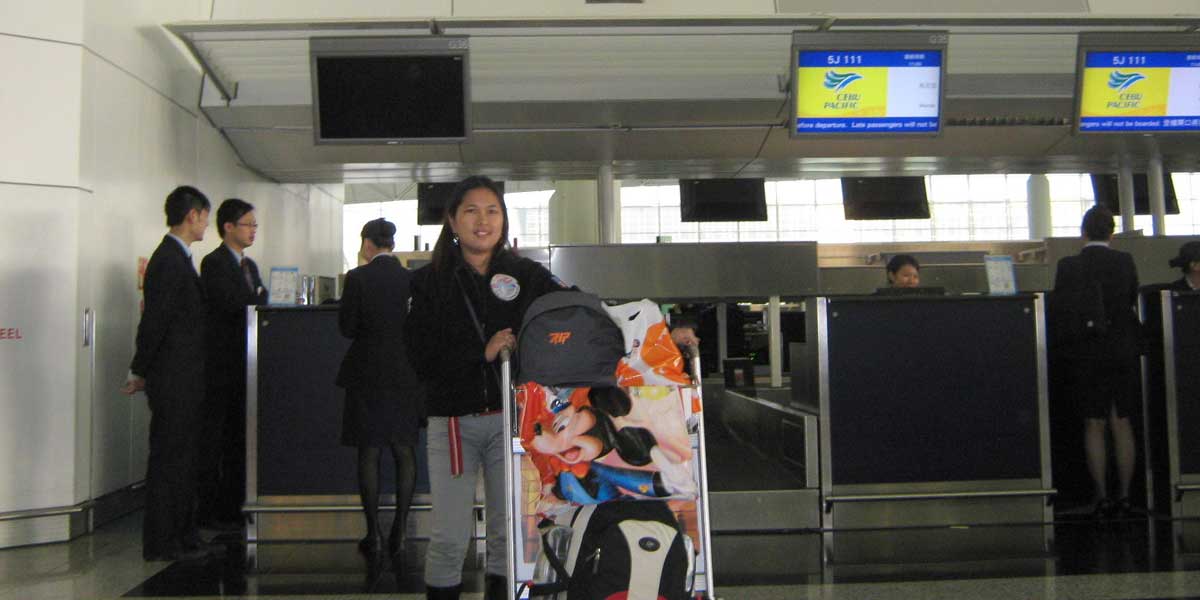Just like ground traffic, air traffic also requires precise monitoring, guidance, and supervision. This responsibility falls on air traffic controllers. They are an integral part of the Air Traffic Control (ATC), which is a system of communication and coordination that manages the safe and efficient movement of aircraft in controlled airspace and on the ground at airports. Air traffic controllers communicate with pilots and provide them with instructions on things like altitude, route changes, and when to take off or land.
There are different types of controllers, each handling a specific phase of flight. Ground controllers manage movements on runways and taxiways at the airport, while tower controllers handle takeoffs and landings. There are also en-route controllers who guide planes through airspace between airports, and approach and departure controllers who manage traffic as planes get close to or move away from an airport.
How Can Pilots and Air Traffic Controllers Work Together to Ensure Everyone’s Safety?
The shared responsibility between pilots and air traffic controllers forms the backbone of aviation safety. It’s a must, then, for pilot training in the Philippines or in other parts of the world to understand the crucial function of air traffic controllers. This way, both parties can perfectly assume their roles in a well-coordinated collaboration that safeguards not only their individual flights but the integrity of the entire airspace.
Here’s how pilots can work together with the professionals that make up the ATC as they go about their everyday tasks.
Maintain Clear Communication
Communication is the lifeline between pilots and air traffic controllers. When pilots receive instructions from ATC, they have to listen attentively and respond promptly using standardized phraseology. This ensures a shared understanding between both parties and reduces the risk of misinterpretation. Clear communication allows for seamless coordination between the cockpit and ATC, which can then facilitate quick responses to changing conditions or unexpected events.
Adhere to ATC Instructions
Following instructions from ATC is not just a rule—it’s a cornerstone of safe aviation. Pilots should adhere to the assignments provided by ATC. Following the instructions given out by the ATC enables pilots to follow traffic separation and overall airspace management. Deviating from instructions without proper coordination can compromise safety and lead to potential conflicts with other aircraft. By respecting and executing the instructions given by ATC promptly, pilots fulfill their critical role in maintaining order in the sky.
Navigate Exactly as Instructed
Precise navigation is essential to ensure air travel safety. Pilots must follow the specific routes assigned by ATC to the letter to ensure the orderly flow of air traffic and prevent conflicts. By adhering to designated paths, pilots fulfill their part in efficiently utilizing airspace and maintaining a safe separation from other aircraft. Proper and precise navigation also facilitates accurate communication with ATC, reducing the likelihood of navigational errors or airspace incursions.
Follow Assigned Headings and Speeds
The role of ATC in controlling traffic does not end on the ground. They also guide pilots as they navigate controlled airspace. Pilots, then, must adhere to the precise heading and speed given by the air traffic controller to maintain a safe distance from other aircraft and follow established traffic patterns. This cooperative effort ensures a smooth flow of air traffic and minimizes the risk of conflicts during flight.
Monitor and Adjust Altitude
Altitude management is a shared responsibility between pilots and ATC. Pilots must monitor and adjust their altitude according to the instructions they have received. This practice ensures vertical separation between aircraft, which is a critical factor in preventing mid-air collisions. Pilots should be proactive in altitude adjustments, too. They should also promptly inform ATC if any deviations are necessary in order to accommodate weather, traffic, or other operational considerations.
Coordinate Any Necessary Changes with ATC
That said, there are times when operational requirements necessitate changes to the original flight plan. In such cases, pilots should coordinate any alterations with ATC. They should seek permission and guidance from controllers to ascertain the changes are made in a controlled and organized manner. This minimizes disruptions to other air traffic and prevents conflicts with other aircraft.
Stay Informed with Weather Updates
Weather conditions can change rapidly and impact flight safety. Pilots rely on ATC for real-time weather updates and advisories. Staying informed of weather conditions allows pilots to make informed decisions, such as adjusting their route or altitude to avoid turbulence or severe weather. By coordinating with ATC regarding weather conditions, pilots can enhance overall flight safety. They are also able to utilize real-time information in planning and executing their flights, allowing them to do so with a greater degree of confidence.
Communicate Effectively during Emergencies
Pilots should promptly declare emergencies when necessary and communicate their intentions to ATC. This enables controllers to provide immediate assistance, clear airspace for emergency maneuvers, and prioritize the affected flight for landing. Effective communication during emergencies is a collaborative effort that enhances the overall safety of the aviation system.
Working in a collaborative manner enables pilots and air traffic controllers to do their part in ensuring the utmost safety in the skies. Their resilient partnership contributes to the collective effort dedicated to the safety and efficiency of air travel. This collaboration, in turn, serves as the cornerstone upon which the foundation of flight safety firmly rests.























